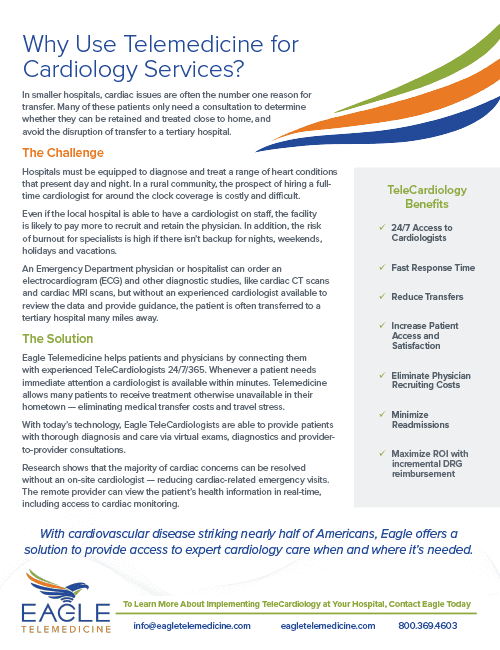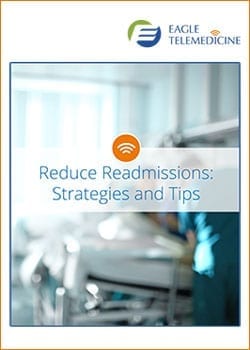TeleCardiology Services Give Hospitals Staffing Flexibility
TeleCardiology services allow hospitals to only pay for a specialist when a specialist is required. While cardiologists are desperately needed in small community hospitals, statistics show these specialists are more drawn to practicing in urban areas. The most affected areas are Western and Midwestern states, which have 25 to 50% fewer cardiologists than the national average. Of the already practicing cardiologists, 60% are over the age of 55 and are nearing retirement. Demand for cardiologists is projected to increase 18% every year through 2025.
This shortage has pushed hospital specialists’ salaries upward, with non-invasive cardiologists generating an average annual salary of $468k. For most small hospitals, it’s simply not feasible to hire a cardiology specialist. Locums tenens support is also far too expensive; especially as a long-term solution. Small hospitals are increasingly turning to telemedicine, where they benefit from sharing a specialist’s time and costs with other small hospitals.
With telemedicine, your hospital only pays for what you need – custom coverage models available including scheduled consults or 24/7 coverage. When hospitals make telemedicine investments, more patients receive treatment in their local hospital instead of being transferred to a distant tertiary center.
TeleCardiology Services Generate Revenue
This system works well with the Medicare payment schedules which allow hospitals to generate revenue via the inpatient prospective payment system (IPPS). Under Medicare, this is how hospitals receive payment for the care they provide.
Diagnosis-related groups (DRGs) are a major component of this payment system. Each DRG has a payment weight based on the estimated cost of treating each specific type of patient. When a patient is billed for inpatient care, a DRG is assigned based on their condition (documented as ICD-10 codes). The hospital is paid a fixed amount for that DRG based on Medicare’s payment formula and is not related to how much money the hospital actually spends on treatment.
If a hospital can treat you for less than Medicare pays for that DRG, the hospital financial stability of the hospital grows. When the hospital spends more money than Medicare pays for that DRG, the hospital loses money on the hospitalization.


